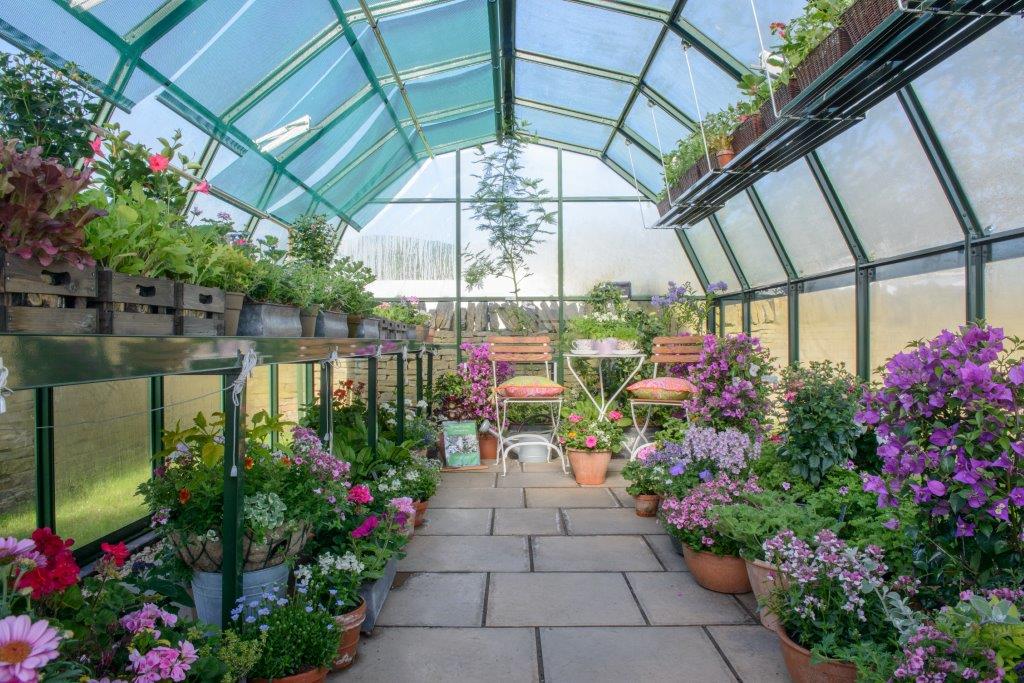Greenhouse Design: Developing an Eco-Friendly Growing Area
Are you interested in producing an environmentally friendly expanding space? Discover how to create a greenhouse that takes full advantage of all-natural light, conserves water, and integrates renewable resource resources. By choosing sustainable products and applying energy-efficient heating and cooling down systems, you can develop a greenhouse that is both effective and environmentally mindful. Discover the vital components of greenhouse design that will assist you develop a lasting and thriving expanding room.
Picking Lasting Products
When designing your environment-friendly greenhouse, focus on sustainability by meticulously picking products that are environmentally-friendly and advertise power efficiency. Among the most essential facets of producing an environment-friendly greenhouse is picking lasting products. By deciding for materials that have a marginal effect on the atmosphere, you can decrease your carbon footprint and contribute to an extra lasting future.
Begin by thinking about the materials made use of for the framework of your greenhouse. Try to find choices such as sustainably harvested timber or recycled products. These choices not only lower the demand for new sources however also prevent waste from winding up in garbage dumps. Additionally, consider making use of materials that have a high thermal mass, such as rock or concrete, as they can aid control the temperature inside the greenhouse, lowering the requirement for excessive home heating or cooling.
Another vital element to take into consideration is the glazing material for your greenhouse. Pick materials that give outstanding insulation residential or commercial properties, such as dual- or triple-pane glass or polycarbonate panels. These products can assist catch warm inside the greenhouse, lowering the amount of energy required for heating during cooler months.
Additionally, when picking materials for the interior of your greenhouse, choose for lasting choices such as bamboo or redeemed wood for shelving and benches. These materials are not just durable however likewise advertise the responsible use of sources.
Taking Full Advantage Of All-natural Light
To make best use of all-natural light in your green greenhouse, focus on the calculated positioning of skylights and windows to optimize sunlight direct exposure throughout the day. When deciding on the positioning of home windows, think about the path of the sun throughout the day and how it will certainly impact the different areas of your greenhouse.
They allow sunshine to get in from above, offering an additional resource of light for your plants. When setting up skylights, consider their dimension and position (Monarch Greenhouse Utah).
Applying Energy-Efficient Cooling And Heating Solutions
To further improve the power efficiency of your green greenhouse, think about applying energy-efficient heating and cooling down systems. These systems play a vital function in keeping optimal temperature and moisture levels for your plants, while lessening power consumption and minimizing your greenhouse's carbon impact.

For cooling, take into consideration executing a mix of all-natural air flow and energy-efficient cooling systems. All-natural ventilation can be attained via using vents, home windows, and sidewall drapes. This permits for the exchange of fresh air and helps regulate the temperature level inside the greenhouse. To better enhance cooling, take into consideration mounting energy-efficient cooling systems such as evaporative air conditioning pads or misting systems. These systems make use of much less energy compared to traditional a/c systems and can successfully reduce the temperature inside the greenhouse (Monarch Commercial Greenhouse Utah).
Water Conservation Strategies
To additionally enhance the power effectiveness of your environment-friendly greenhouse and continue lowering its environmental impact, it is essential to carry out effective water preservation methods. Water is a precious source, and with the right approaches, you can decrease your greenhouse's water intake while still supplying optimal problems for your plants.
One way to save water is by making use of a drip irrigation system. Furthermore, mounting a rainwater harvesting system can help catch and save rain for later usage in your greenhouse.
Another method is to mulch your plants. Including a layer of natural material around the base of your plants assists preserve moisture in the soil, minimizing the demand for frequent watering. Furthermore, take into consideration making use of a water-efficient potting mix that retains wetness while still supplying adequate drainage.
Finally, monitor your greenhouse's water usage consistently. By monitoring just how much water you are making use of, you can determine areas for enhancement you can find out more and make required adjustments.
Incorporating Renewable Power Resources

Conclusion
Finally, by carrying out lasting products, making best use of natural light, using energy-efficient heating and cooling down systems, exercising water preservation techniques, and including sustainable energy sources, you can create an environment-friendly greenhouse layout. This will not just benefit the environment however also advertise sustainable and healthy plant growth. Go ahead and make a positive impact on the planet by making an eco-friendly expanding room.
When creating your eco-friendly greenhouse, focus on sustainability by meticulously picking products that are environmentally-friendly and promote energy performance. These products can assist trap heat inside the greenhouse, lowering the amount of energy required for home heating during colder months.
These systems make use of much less energy contrasted to typical air conditioning systems and can efficiently additional resources lower the temperature level inside the greenhouse.
You can incorporate renewable energy sources into your greenhouse design to make it much more environment-friendly and lasting.In final thought, by carrying out lasting materials, making best use of all-natural light, making use of energy-efficient home heating and cooling systems, practicing water conservation techniques, and incorporating eco-friendly power resources, you can produce an environmentally friendly greenhouse design.